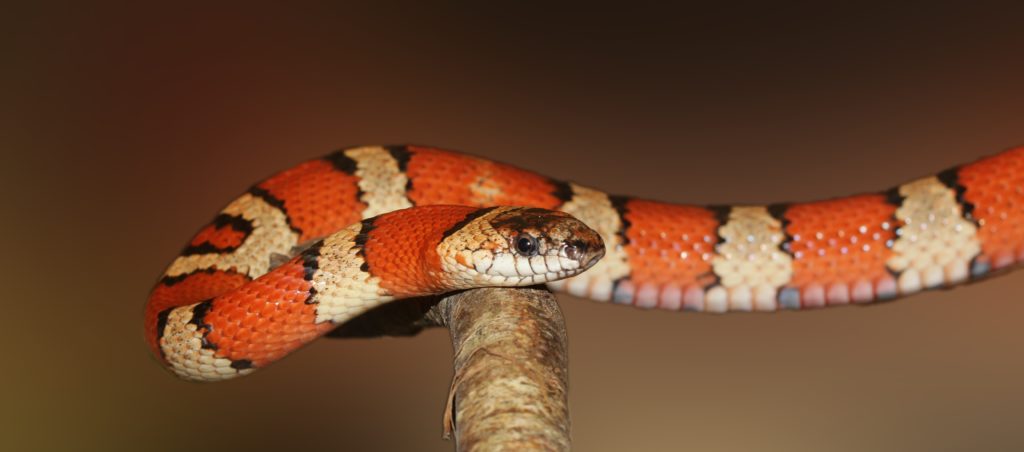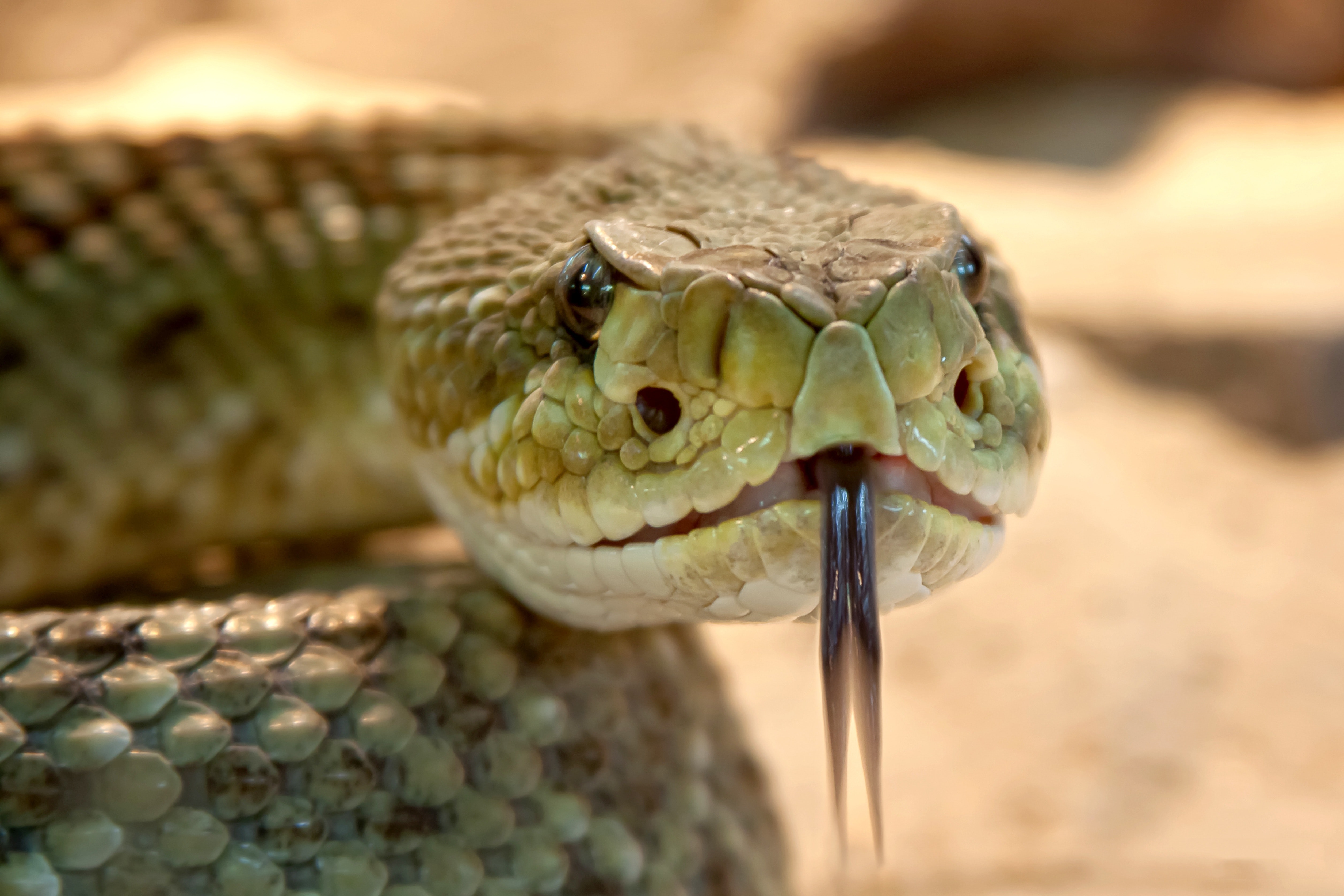The Southwest is a beautiful landscape that’s worthy of exploring. While the vast majority of creatures in Texas, New Mexico, and Colorado are harmless, there are some snakes you’ll need to watch out for. Not to worry. Most would rather not hang around when humans are around, but should you come across a snake while hiking or camping, we’ve got some tips to help you out.
Try to Avoid Snakebites
Before we get into how to treat a snakebite, you should know how to avoid getting bit in the first place.
- Leave snakes alone! Most people are bitten trying to take a closer look at a snake or while trying to kill a snake.
- Don’t walk in long grasses without rubber or leather boots.
- Stay on the hiking path.
- Don’t put hands or feet into spaces you can’t see.
- Be cautious when rock climbing.
If a snake bites you, follow these steps:
Step 1: Is the snake venomous?
According to Amerisafe, several nonpoisonous snakes mimic the appearance of poisonous snakes. Seek treatment for any and all snakebites, unless you can make a 100% positive identification of a nonpoisonous snake.

King Snakes might look intimidating, but are in fact not venomous.
Step 2: Call for help (if you aren’t near a hospital).
If you do not have transportation or are in a remote area, call 9-1-1 for emergency transport to a treatment center. If you are hiking or otherwise not near a hospital, air transport to a hospital could save your life or the life of someone you love. You want to get to a treatment center in 30 minutes or less, so keep that in mind when determining if you need emergency medical transport.
Step 3: Apply first aid.
The first aid protocol for snakebites is actually pretty simple. Snakebites are no occasion to play surgeon. First, wash the bite with soap and water, then immobilize the bitten area. Keep the bitten area below the heart. If you are not within 30 minutes of getting to a treatment center, a bandage tied 2-4 inches above the bite can keep the venom from spreading, but don’t make it so tight it restricts blood flow. If you are unsure of a course of action, err on the side of caution and leave treatment to the professionals.
Step 4: Seek medical treatment.
If you are within 30 minutes of a hospital, immobilize the bitten area then head to the nearest treatment facility. Once there, doctors will determine the best course of action. If the bite is venomous, they’ll likely treat it with antivenom. Some venoms are weaker and may not require an antivenom treatment. Treatment for snake bites is usually fairly straightforward, so don’t avoid it! Do not delay treatment; it will only increase the risk of serious injury.
In exercising awareness and common sense, it is likely you will never find yourself in a position to seek treatment for a snake bite. However, knowledge is power, and knowledge can make all the difference.

